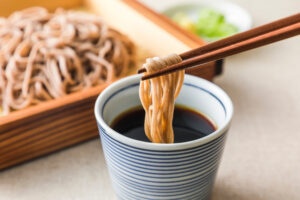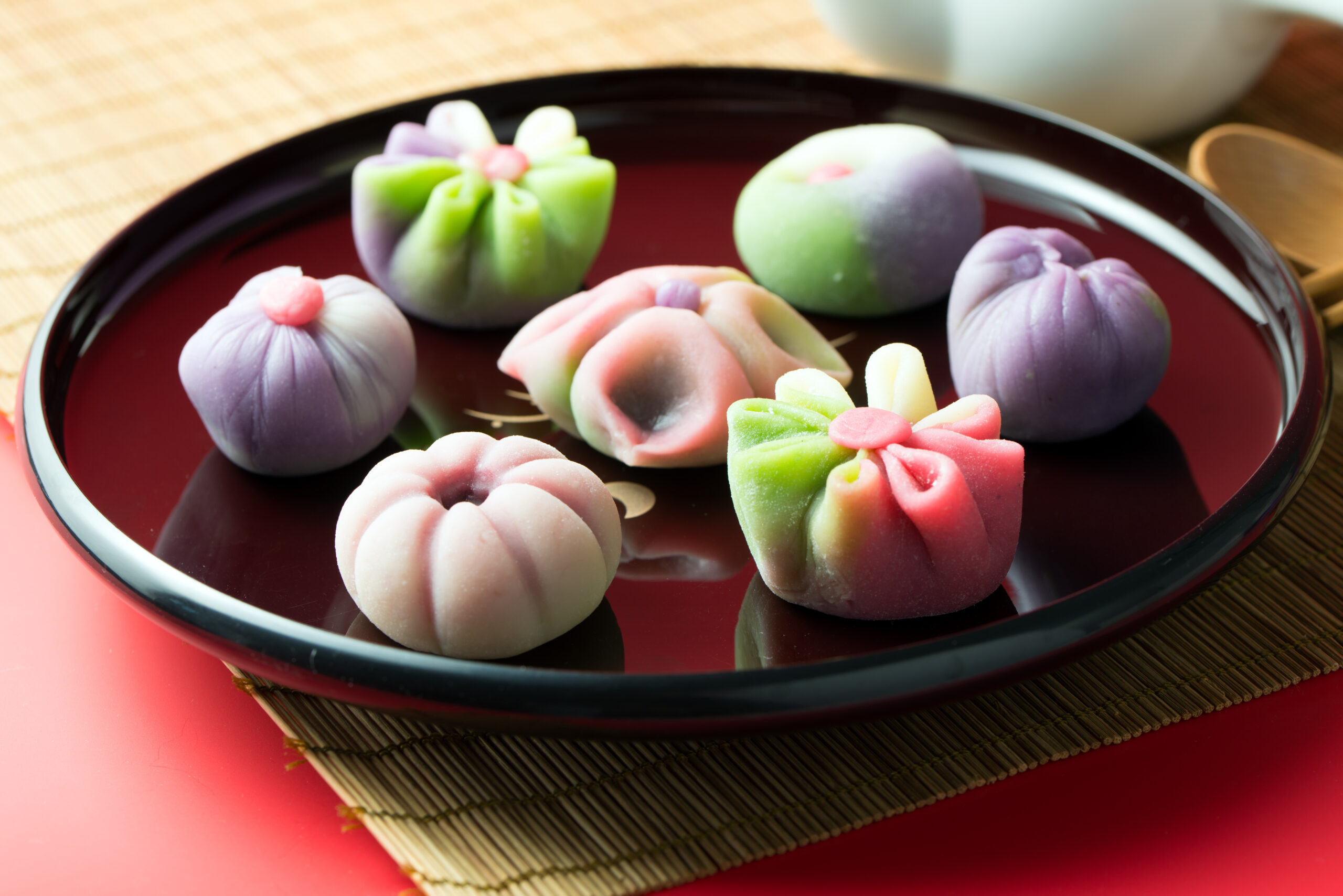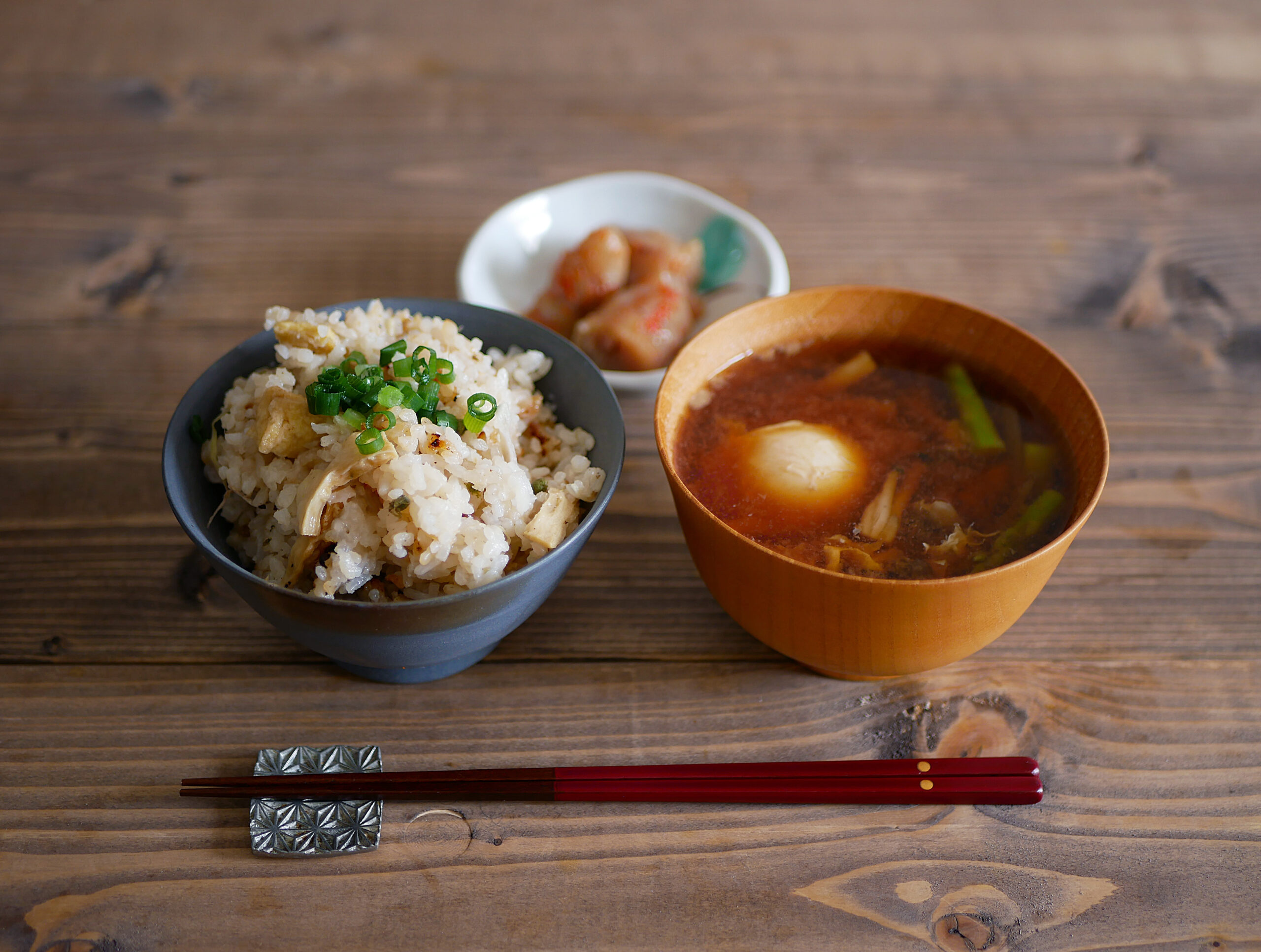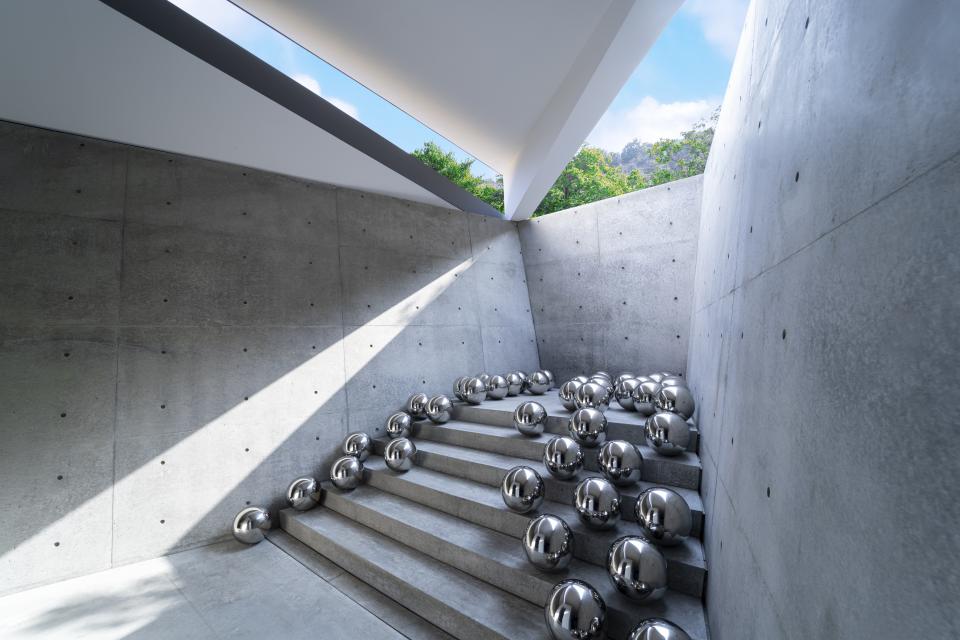One of the most impressive things about Japan is how culture is present in every aspect of daily life. Unlike what can be experienced in other places, in Japan customs, traditions, and even the smallest gestures are loaded with meaning. From the influence of Shintoism to the way people speak and behave, there is a discipline and respect that have been carefully cultivated over centuries. I realized that what truly defines Japanese culture is not just its uniqueness, but its depth.
Among all the things one can learn about Japan, the table manners leave a particularly strong impression on those who delve into understanding. They go far beyond simple rules of courtesy; they reflect gratitude, respect, and a constant awareness of others.
Itadakimasu
Before eating, it is customary to say ‘Itadakimasu.’ At first, it seems just like a courteous phrase, but its meaning is deeper. It is an expression of gratitude: not only towards the person who prepared the meal, but also towards nature, the ingredients, and everyone who made it possible for that dish to reach the table. When the meal ends, people say “Gochisousama deshita,” which adds appreciation for the meal’s flavor and the effort behind it. Saying these phrases made me more conscious of the gratitude that underpins Japanese dining culture.
Chopsticks

The use of chopsticks has its own rules, and some are truly surprising. For example, food should never be passed directly from one pair of chopsticks to another, because this is related to a funeral ritual after cremation, making it an absolute taboo at the table.
Another rule is not to stick chopsticks upright into a bowl of rice, as this mirrors an offering made to the deceased. Realizing the symbolism behind these gestures helped me understand why people in Japan take these customs so seriously. Even seemingly small actions—like stabbing food with chopsticks, playing with them, or making noise—are seen as disrespectful.
Three important table manner in Japan
During meals, have three points of etiquette emphasized over and over:
- Do not eat with your elbows on the table.
- Hold your plate properly while eating.
- Avoid leaving food uneaten.
At first they may seem strict, but over time one learns that they are ways of showing consideration for the food, for the host welcoming the guests, and even for the people who share the table.
Business table manner
Business table manners in Japan require attention to even more details.
The seating arrangement follows the concept of kamiza (upper seat) and shimoza (lower seat). Senior members or guests of honor sit farthest from the entrance, while others take their places according to status.
Interestingly, the same principle applies to elevators and cars—small but constant reminders of respect and hierarchy.
Alcohol beverages manner

Sharing drinks is another moment where etiquette takes center stage. When serving beer or wine to another person, one should hold the bottle with both hands, displaying the label. When receiving a drink, it is good manners to hold the glass with both hands, tilting it slightly while expressing gratitude. Even in toasting, the gesture has meaning: your glass should be a little lower than your companion’s as a sign of humility.
Gratitude and courtesy
After all these lessons, it is impressive to realize that norms are not an end in themselves, but a means to express gratitude and courtesy. It allows one to understand that even if one makes small mistakes, sincerity and respect are always noticeable. Conversely, if these values are lacking, etiquette becomes an empty formality.
Living and experiencing these customs firsthand teaches us that Japanese culture is not about rigid rules, but about cultivating awareness and respect in every action, even in something as simple as sharing a meal.
By: Yuki Uchimura





